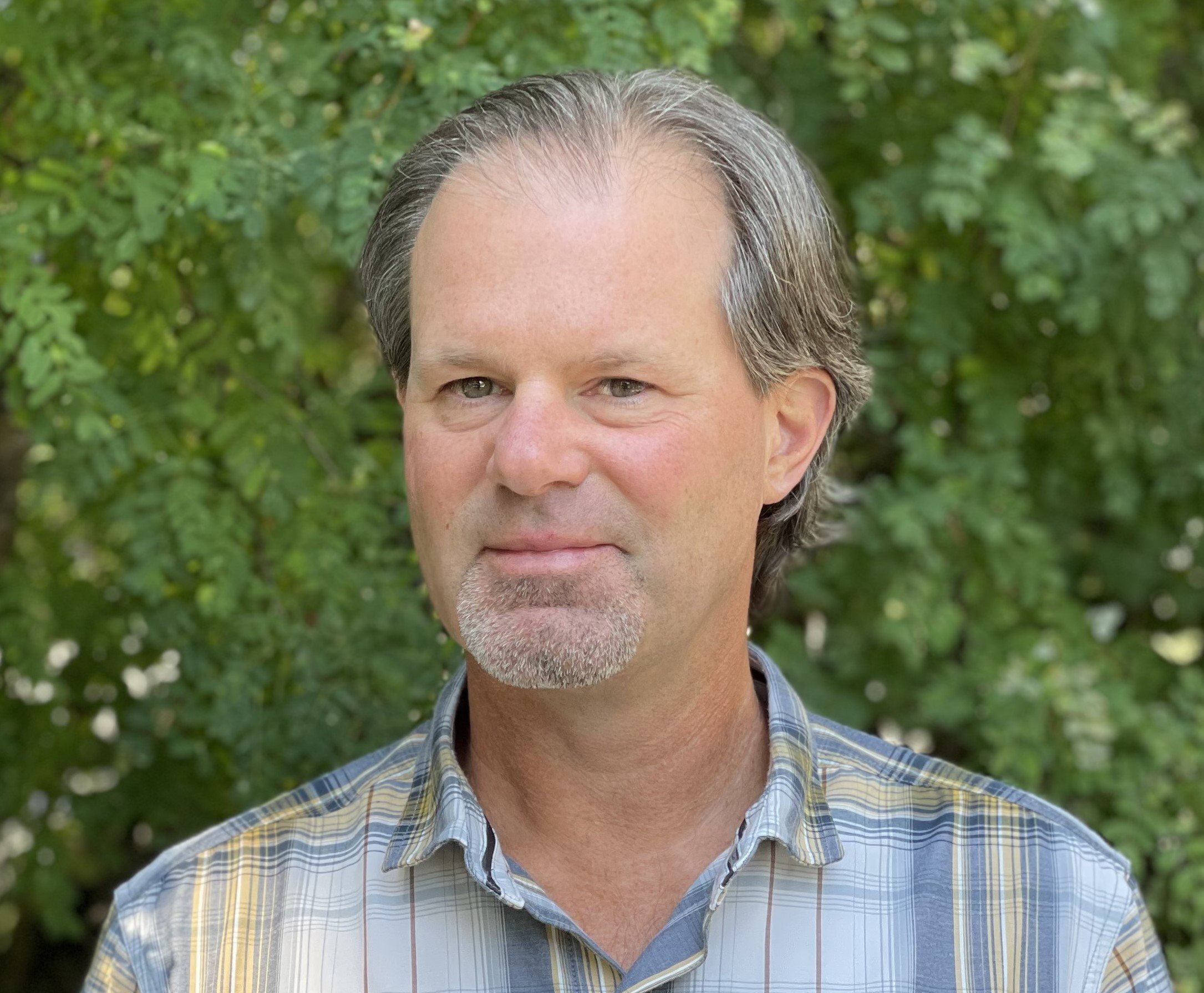Restoring the Kootenai: A Tribal Approach to Restoration of a Large River in Idaho
Matt Daniels
River Design Group, Inc.
Whitefish, MT
The Kootenai Tribe of Idaho is committed to an ecosystem-based approach to management of fish, wildlife, and their habitats in the Kootenai River watershed. The Tribe’s approach is holistic, incorporating local- and watershed-scale actions. Tribal cultural values are incorporated into a collaborative process that is inclusive of best available science, as well as local social and economic values. The Kootenai River Habitat Restoration Program is one component of suite of complementary Tribal ecosystem restoration initiatives, including: conservation aquaculture; nutrient additions; upland and riparian restoration; and floodplain, side-channel and mainstem restoration and enhancement.
During the last century, the transboundary Kootenai sub-basin was modified by agriculture, logging, and mining. Conversion of approximately 50,000 acres of floodplain to agricultural fields resulted in loss of many healthy ecosystem functions. Construction and operation of Libby Dam cut off nutrients from the downstream river reaches and altered river morphology, temperature regimes and sediment transport. Collectively these changes resulted in declines of multiple native fish species including two species of particular cultural significance to the Kootenai Tribe – endangered Kootenai River white sturgeon and burbot.
In 2009 the Tribe completed the Kootenai River Habitat Restoration Program Master Plan, which presents a framework for an ecosystem-based river and floodplain habitat restoration program in the Idaho portion of the Kootenai River. Since 2011, in collaboration with agency partners and the local community, the Tribe has developed, prioritized and implemented river and floodplain restoration projects designed to address various limiting factors through a combination of treatments. To date, the Tribe has implemented 13 projects between 2011 and 2023. Accomplishments include 100 acres of floodplain restoration, 100,000 pieces of wood placed, 30,000 plantings, 25,000 feet of riverbank restoration and 800,000 cubic yards of earthwork. The desired result of the combined projects is a more resilient ecosystem capable of sustaining diverse native plant and animal populations, and tolerant of natural disturbances and altered regimes. The Kootenai Tribe is implementing these projects with funding provided by Bonneville Power Administration under the Northwest Power and Conservation Council’s Fish and Wildlife Program.
About Matt Daniels
Matt is a senior project manager at RDG. In over 30 years of experience as a civil engineer, he has participated in the planning, design and implementation of numerous restoration projects in Montana, Idaho, Wyoming, Washington and Oregon. His expertise includes project planning, technical guidance and construction oversight for fish passage and ecosystem restoration projects. He was involved with the restoration design for the historic Milltown Dam Removal near Missoula, Montana and is currently involved in the multi-phase Kootenai River Habitat Restoration Program being implemented by the Kootenai Tribe of Idaho. Over the course of his career, Matt’s expertise has expanded beyond engineering into the fields of fluvial geomorphology, biology and riparian ecology. Matt frequently speaks at design symposiums and conferences on the subjects of river restoration, fish passage and project case studies. He is a licensed professional engineer in seven western states.

